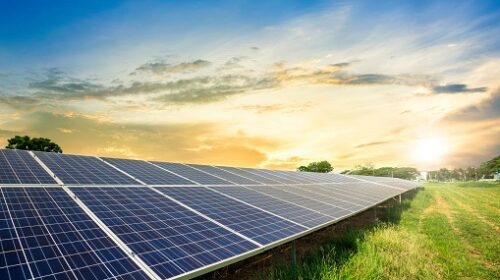The Institute for Energy Economics and Financial Analysis (IEEFA) has published analysis warning against specifics of Pakistan’s plans to incentivise gigawatts of solar project development across the country. IEEFA’s commentary, prompted by a recent public hearing concerning one 600 MW solar plant in Muzaffargarh, criticizes the 25-year PPA at a dollar-indexed tariff, calling it reminiscent of Pakistan’s excessively expensive 1990s deals for thermal power plants, and saying it will do nothing to push developers to innovate on price.
Per IEEFA, a 14-year PPA – as opposed to 25-year – would only increase the tariff by 14% to $46 per MWh, while a shortening of the debt-servicing period from 14 to 10 years would increase it further to $55 per MWh. That’s entirely tolerable, given that this would avoid being locked into a high tariff through to almost 2050, when solar will be vastly cheaper than at present. The 25-year proposal comes from the Alternative Energy Development Board (AEDB), Pakistan’s renewable energy authority.
Pakistan’s attempts to develop its power grid are in a terrible state, with imported fuels weighing on the country’s finances, a planned gas pipeline to Iran interfered with by US sanctions, and Chinese infrastructure projects undermined by terrorist attacks.
If a country can’t handle large-scale infrastructure projects due to a variety of factors including an economic crisis, then renewables should be the answer – individual projects can be as small as you like. If the grid can’t handle new connections – nationwide blackouts last month and in 2021 were blamed on grid faults – then the next logical step is to start with distributed solar installations, so that at least businesses can power themselves.
But just as the framework for utility-scale deployment is clunky, even simple self-consumption distributed installs have been obstructed. In July 2022, regulations requiring approval from the State bank of Pakistan (SBP) was expanded to cover electrical machinery including solar panels, inverters and batteries – slowing any importation while such approvals are requested and issued. In January, the government was still only considering making solar modules exempt from taxes.
In the 2021-2022 financial year just 45 MW of solar projects and 244 MW of net metering was approved by the National Electric Power Regulatory Authority (NEPRA), meaning Pakistan, a large country with over 200 million citizens and good natural conditions, is scarcely outperforming small countries that are in a state of civil war such as Syria and Libya, where some installations are made.
But looking at the 2022 Chinese export figures, we see that Pakistan imported a quite respectable 2.9 GW, more than doubled from 2021. It’s just government plans which are frustratingly weak, and these are also better than a few years ago. In reaction to the power crisis, the government intends to foster 10 GW under a Solar Energy Initiative. Much of this will be utility-scale projects on the order of 600 MW. The federal government approved 2 GW of public-sector projects in September and sees agricultural tube wells as a priority target for renewable power connection.
In October Minister for Industries and Production Syed Murtaza Mahmud, speaking at a workshop on “solar panel and allied equipment manufacturing policy,” stated that Pakistan has reserves of basic raw material for producing solar wafers, among other comments about developing a domestic manufacturing industry. Frankly, this is absurd the last thing a debt-ridden country suffering blackouts and an economic crisis should even think about is developing its own upstream solar industry, which would require billions of dollars and years to bear fruit. Developing local tracker and module production capacity is all very well – do that if you have to, but don’t even think about the rest of the supply chain until after you’ve bought and installed 30 GW of solar panels from China.







